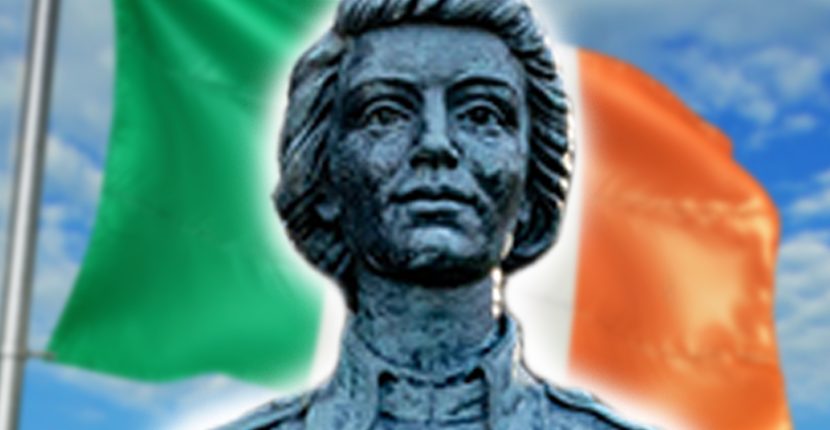“Dress suitably in short skirts and strong boots, leave your jewels in the bank and buy a revolver.” Fashion advice from one of Ireland’s most famous revolutionaries, Madame Constance Markievicz, born as Constance Georgine Gore-Booth.
The Ireland into which Gore-Booth was born was in an era of change. As the daughter of Arctic explorer Sir Henry Gore-Booth, she had the wealth and privilege of the landed gentry, but Ireland was decimated by years of famine and financial mismanagement at the hands of the British.
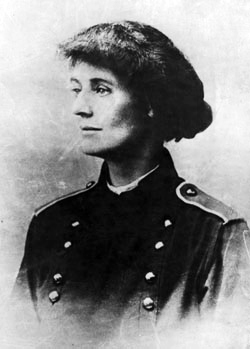
Constance could have rested on her aristocratic laurels and stayed away from politics, as was becoming of a woman at the time, but from a young age she had been taught to care for those in need and saw herself as no less than equal to her male counterparts. Constance, along with her sister Eva, wanted change and they were ready to fight for it.
In 1892, Constance moved to London to study painting, and it was here that her revolutionary journey began when she joined the National Union of Women’s Suffrage Societies (NUWSS) AKA the Suffragettes. Constance then moved to Paris to continue her studies, where she met her future husband Count Casimir Markievicz.
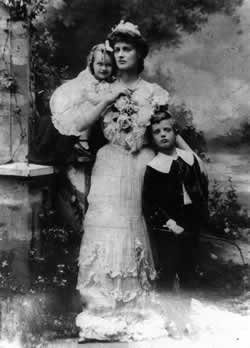
Married in 1900 they moved to Dublin in 1903 and soon joined the artistic minds of the era, discussing both art and politics in salons and theaters across the city.
By 1908, Countess Markievicz (also known as Madame Markievicz) had become actively involved national politics, joining both Sinn Fein and the revolutionary women’s group Inghinidhe na hÉireann (Daughters of Ireland).
In 1909, she co-founded a paramilitary scouting group called Fianna Éireann where she taught its teenage members how to shoot. Her first jail spell came in 1911 when she spoke at a rally attended by 30,000 fellow nationalists inciting them to protest a visit by the British King.
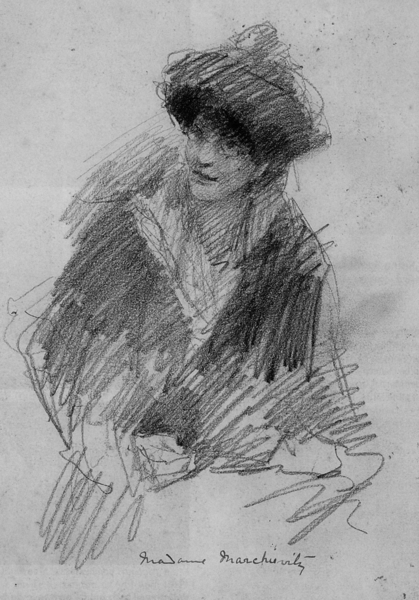
By 1913, calls for revolution were growing louder throughout Ireland. The nationalists responded to the call with the biggest industrial action the country had ever seen, called the Dublin Lock-Out. Constance joined the Irish Civilian Army and took charge of food distribution to the protesters.
Constance took out huge loans and sold her jewelry to fund the efforts. A Vanity Fair article at the time grossly underestimated the power and passion behind Constance’s beliefs. Writing of the sisters, the article says “It is not women of their type who need to assert themselves over Man. However, it amuses them – and others; and I doubt if the tyrant has much to fear from their little arrows.”
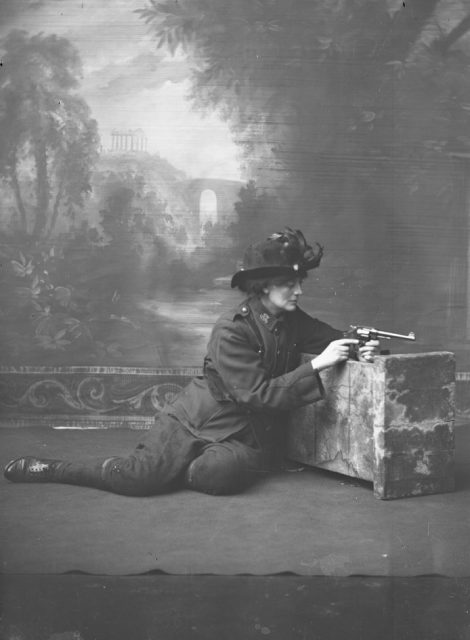
The turning point came in 1916 and the week-long siege of Dublin that has become known as the Easter Rising. Although initially caught by surprise, the British Army soon overwhelmed the rebel forces, who surrendered on April 29, 1916.
In the aftermath, the leaders of the rebellion were sentenced to death, a massively unpopular decision that helped sway public opinion in support of the nationalists. Madame Markievicz, for her part in the Easter Rising, was sentenced to death but had her sentence reduced to hard labor due to her gender. In her response to the decision, she is famously quoted as saying “I do wish your lot had the decency to shoot me.”
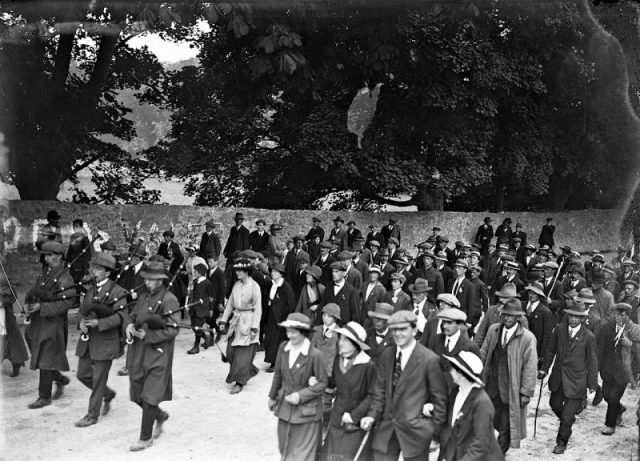
Although released in 1917 as part of a general amnesty, Madame Markievicz was back in prison by 1918. From behind bars, she ran a successful campaign to become the first female member of the House of Commons under the Sinn Fein banner.
In keeping with her Republican beliefs, she refused to recognize the authority of the British government and instead helped set up the first Irish government known as the First Dáil in 1919.
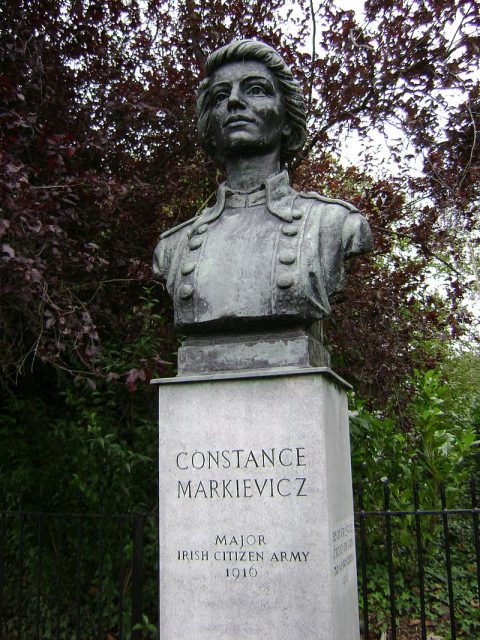
During the Irish Civil War, Markievicz was imprisoned by the English but was an active member of the Irish government, holding the position of Minister for Labour for three Dáil, then becoming the first Irish woman to be the Cabinet Minister, which at the time made her only the second female minister in Europe.
Markievicz remained a staunch supporter of the Irish independence movement right up to her death from complications of appendicitis in 1927. Her funeral was attended by over 250,000 mourners including the future president of Ireland, Eamon de Valera.
Read another story from us: The 5 Fiercest Female Warriors in History
In 2018 to celebrate the centenary of her election, her portrait was added to the permanent Parliamentary art collection held at the Parliamentary offices in Portcullis House, London.
